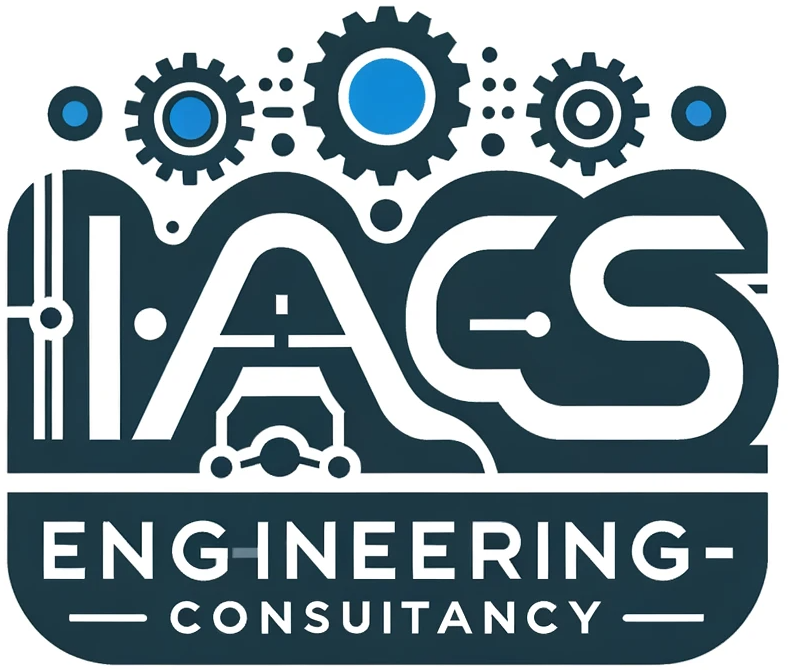Maintaining comprehensive and up-to-date compliance documentation is essential for project managers and engineers in industrial automation and control systems engineering. Compliance documentation ensures a safe, reliable, and legally compliant system that meets all project requirements and industry regulations.
Here’s a comprehensive overview of compliance documentation in industrial automation and control systems engineering:
Regulatory Standards and Requirements:
Identify and document the regulatory standards and requirements applicable to industrial automation and control systems engineering projects. These may include international standards such as ISO 9001 (Quality Management Systems), ISO 14001 (Environmental Management Systems), ISO 27001 (Information Security Management Systems), and industry-specific standards such as IEC 61508 (Functional Safety) and IEC 62443 (Industrial Network and System Security).
Safety Standards and Guidelines:
Document compliance with safety standards and guidelines relevant to industrial automation and control systems, such as IEC 61508 (Functional Safety of Electrical/Electronic/Programmable Electronic Safety-related Systems), IEC 62061 (Safety of Machinery – Functional Safety of Safety-related Electrical, Electronic and Programmable Electronic Control Systems), and relevant regional safety regulations (e.g., OSHA in the United States, CE marking requirements in the European Union).
Risk Assessment and Hazard Analysis:
Document the results of risk assessments and hazard analyses conducted during the design, development, and implementation of industrial automation and control systems. This includes identifying potential hazards, assessing risk levels, implementing risk mitigation measures, and documenting residual risks.
Functional Safety Documentation:
Prepare and maintain documentation related to functional safety, including safety requirements specifications (SRS), safety integrity level (SIL) determination reports, safety plans, safety validation and verification reports, and safety case documentation. This documentation demonstrates compliance with functional safety standards such as IEC 61508 and IEC 62061.
Cybersecurity Documentation:
Document cybersecurity measures implemented to protect industrial automation and control systems from cyber threats and vulnerabilities. This includes cybersecurity risk assessments, security policies and procedures, network architecture diagrams, access control lists, incident response plans, and cybersecurity training documentation. Compliance with standards such as IEC 62443 demonstrates a commitment to cybersecurity best practices.
Quality management Documentation:
Maintain documentation related to quality management processes and procedures, including quality manuals, quality plans, inspection and test plans (ITPs), non-conformance reports (NCRs), corrective and preventive action (CAPA) reports, and audit reports. Compliance with quality management standards such as ISO 9001 ensures consistent quality and continuous improvement in automation systems engineering processes.
Documentation Control and Management:
Establish procedures for the control and management of compliance documentation, including document version control, document approval workflows, document storage and retrieval systems, and document retention policies. Ensure that compliance documentation is readily accessible to authorized personnel, auditors, and regulatory authorities as needed.
Supplier and Vendor Documentation:
Collect and maintain documentation provided by suppliers and vendors of components, equipment, and software used in industrial automation and control systems. This includes certificates of compliance, material safety data sheets (MSDS), product specifications, and test reports. Verify that supplier and vendor documentation meets project requirements and complies with applicable standards and regulations.
By maintaining comprehensive compliance documentation in industrial automation and control systems engineering projects, organizations can demonstrate adherence to standards, regulations, and best practices, mitigate risks, enhance system reliability and safety, and ensure legal compliance. Compliance documentation also facilitates audits, inspections, and certifications, providing stakeholders with confidence in the quality and integrity of automation systems.
